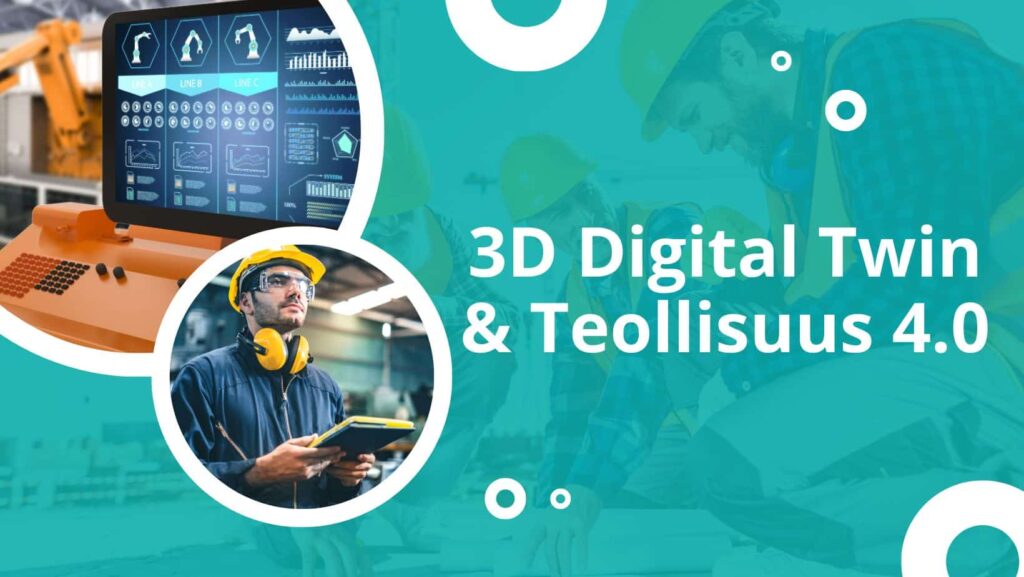The future of manufacturing – 3D Digital Twin and Industry 4.0

Industry 4.0 has reshaped the manufacturing landscape by making it more data-driven, automated, flexible, and customer-centric. It’s not just about technology; it’s a change that affects how manufacturers operate, collaborate and compete in a rapidly changing global market. The 3D digital twin is closely aligned with the principles of Industry 4.0, acting as a key technology enabling real-time data collection and analysis in the manufacturing process.
3D digital twin closely aligns with the principles of Industry 4.0
The role of 3D digital twin in the digital replication of physical resources is to create a comprehensive, accurate and dynamic representation of real objects or systems. This digital replica enables in-depth analysis, simulation and monitoring, leading to better decision-making, efficiency and cost savings across industries. 3D digital twins act as a digital bridge between physical assets and the digital world, ensuring that data is collected and shared across the entire supply chain. They allow different machines, devices and systems to communicate with each other and exchange data in real time, creating a connected and integrated manufacturing environment.
Data-driven decision-making
Industry 4.0 puts a strong emphasis on data-driven decision-making. 3D digital twins continuously collect data from physical assets, providing a comprehensive and up-to-date representation of these assets. This data contains information on the condition of the site, its performance and environmental factors. Analyzing this data in real time enables manufacturers to make informed decisions, optimize processes and proactively solve problems.
Real-time monitoring and management
Industry 4.0 encourages real-time monitoring and control of manufacturing processes. 3D digital twins play a key role in this area, reflecting the current state of physical assets. Operators and engineers can use the 3D digital twin to monitor equipment, track performance and detect anomalies in real time. This enables immediate response and preventive maintenance.
Key takeaways
In summary, 3D digital twins, together with the principles of Industry 4.0, are set to revolutionzse the manufacturing industry. They boost efficiency, flexibility and data-driven decision-making, enabling manufacturers to adapt to changing customer needs and operate in a highly connected, digital environment. The transformative power of these technologies lies in shaping the future of manufacturing towards a more innovative, responsive and sustainable industry.
Read also:

Valtteri Tanninen
Business Development Manager
valtteri.tanninen@processgenius.fi
+358 40 196 2121